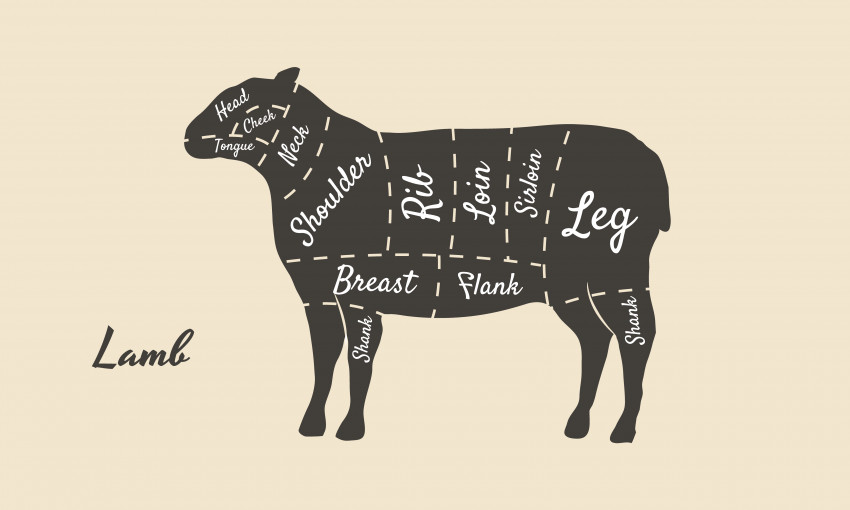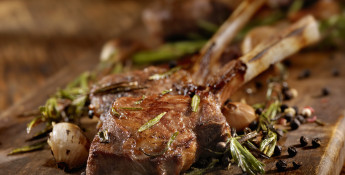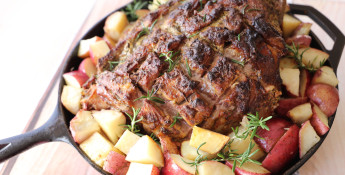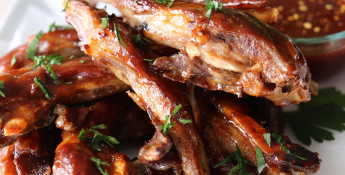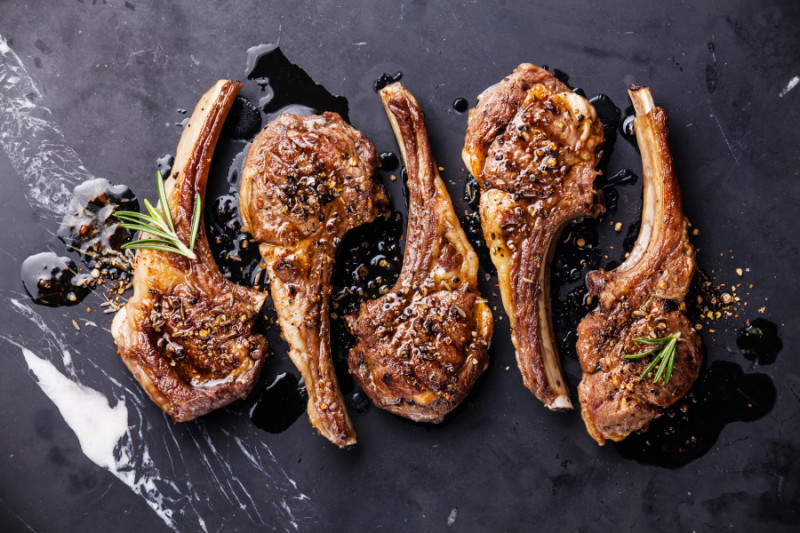By Sheridan Wimmer on February 7, 2020
Health Benefits of Lamb
Consider lamb for your next dinner rotation
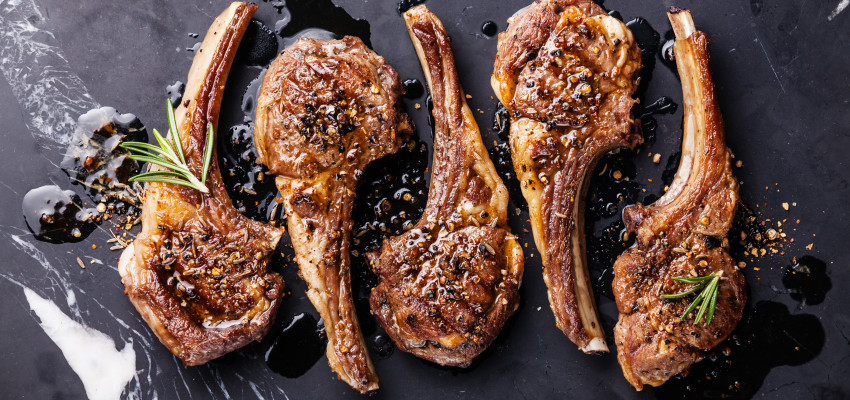
When we think of superheroes, we typically think of bigwigs like Batman, Superman or Wonder Woman. We know their stories, we know what they stand for and many times, we know their vulnerabilities (looking at you, Superman, with your kryptonite). But let’s not forget the “other” superheroes like Valkyrie or Robin.
They might not spring to mind right away, but they have their role to play, nevertheless. When we think of the “superheroes” of dinner, we tend to think of chicken, beef and pork, the old reliables. These proteins are easy to find, we’re accustomed to cooking with them and we know how they taste.
But we can’t count out other, lesser-known proteins. One you should definitely add to your repertoire is American lamb. Lamb offers a fresh, nutritious option. And just like chicken, beef and pork, dedicated farmers and ranchers raise the lamb you buy.
According to the American Lamb Board, there are more than 80,000 family farmers and ranchers caring for more than 6 million sheep throughout the United States. Talk about the real superheroes!
BUYING LAMB
Finding and buying lamb is easier than you may think. It’s available at many grocery stores, specialty markets and butcher shops.
“When shopping for lamb, look for a soft pink to red coloring with white marbling,” Karen Hanson, a consulting dietitian, says. “If you can’t find what you’re looking for, ask a store employee.”
STORING LAMB
“If you aren’t cooking the lamb immediately after purchasing it, refrigerate it at or below 40 degrees,” Hanson says. “Ground lamb and stew meat should be used within two days. Chops and roasts should be cooked within three to five days.”
If you plan to freeze the lamb for a longer period, wrap it in its original packaging with airtight freezer wrap, or place it in an airtight bag to prevent freezer burn. For the best flavor, use frozen lamb within three to four months.
LAMB NUTRITION
Supporting a strong immune system begins with a healthy diet.
“A single portion of lean lamb serves up a significant amount of nutrients essential for immune function,” Hanson says. “Some of the nutrients lamb provides include zinc, selenium, protein and iron.”
Lamb is a flavorful, nutrient-rich food and an excellent source of:
-
Vitamin B12: Helps with red blood cell formation and anemia prevention.
-
Niacin: Higher amounts of niacin can improve cholesterol levels and lower cardiovascular risks.
-
Zinc: Zinc is needed for the proper growth and maintenance of the human body. It is needed for immune function, wound healing, blood clotting, thyroid function and more.
-
Selenium: This mineral may protect against cancer, thyroid problems, cognitive decline and asthma.
“A three-ounce cooked portion of lamb is considered a serving,” Hanson says. “Three ounces of lamb fits easily within the daily fat, saturated fat and cholesterol recommendations of the Dietary Guidelines for Americans.”
Let American lamb be the next superhero of nutrition on your dinner plate!

